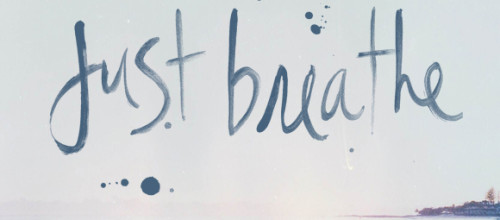“Breath, Prana and Mind are all mutually and inherently related; cultivate one well and the other two will fall into line.” –Robert E. Svoboda
If you are reading this, you are breathing. But are you breathing correctly? Although breathing is considered an unconscious activity, conscious breathing has an ancient history as a therapeutic way to de-stress, unwind and enhance performance. Examples of conscious, therapeutic breathing techniques include meditation, pranayama, vocal training, yoga, Pilates and swimming. Being mindful of your breathing can help you feel better in your body and enhance your daily activities through increased strength and stability.
Breath is the foundation of Pilates work. We breathe diaphragmatically, in through the nose and out through the mouth. We live by the principle that “breath facilitates movement and movement facilitates breath.” Breathing this way allows for bio-mechanically correct movement and sustained posture which will increase strength, stamina and stability.
Some of us are considered to be “accessory muscle breathers,” utilizing neck and upper back muscles instead of the diaphragm. This is considered a faulty breath pattern as it can cause upper back and neck tension, as well as restrict range of motion, particularly in the upper extremities.
Diaphragmatic breathing allows the muscles of inspiration and expiration to collaborate efficiently with the diaphragm while allowing the accessory muscles of the neck and chest to simply fulfill their supporting role. Benefits of breathing with the diaphragm are increased air exchange, stability of the thoracic spine, ribs and pelvis, greater range of motion and a sense of ease in the head, neck and shoulder areas.
Try It!
-Place one hand on each side of your ribcage with your thumbs on the backside of your ribs and your four fingers on the front side of the ribs.
-As you inhale feel the ribs expand out laterally into your hands.
-As you exhale funnel the ribs three-dimensionally toward your pelvis.
Check for faulty breath patterns:
-Keep one hand on the side of your ribcage while placing your other hand on your clavicle.
-As you inhale, make sure your clavicle is not moving upward with your breath. Your hand should not rise with your breath, and your clavicle should be still. This ensures you are not breathing with the accessory muscles of your neck.
As you inhale always keep your ribs expanding out laterally. Move your breath downward into the lower lobes of your lungs, and always keep a sense of ease in the neck, chest and shoulders.
Become a conscious breather. Over time, utilizing the diaphragmatic breath will become an unconscious activity, just ask any student of Pilates! Becoming aware of your breathing is the first step in changing faulty breath patterns and feeling better in your body. As you become more aware, we hope you will practice your diaphragmatic breathing and notice the difference.

